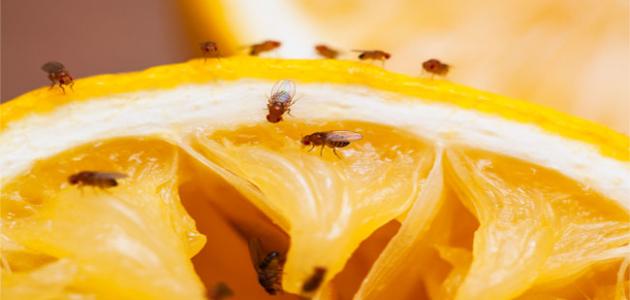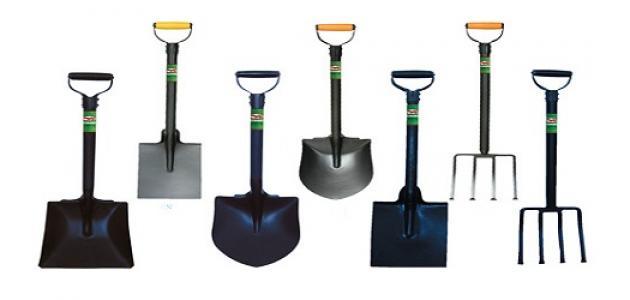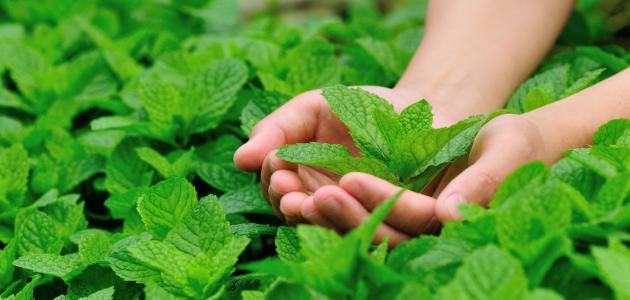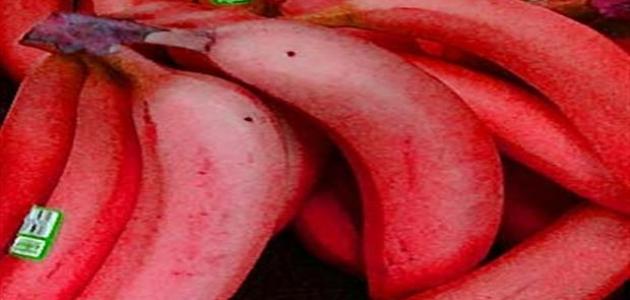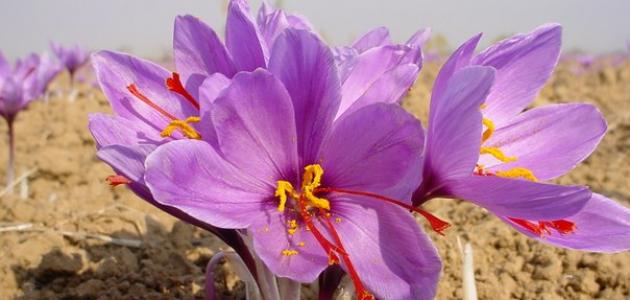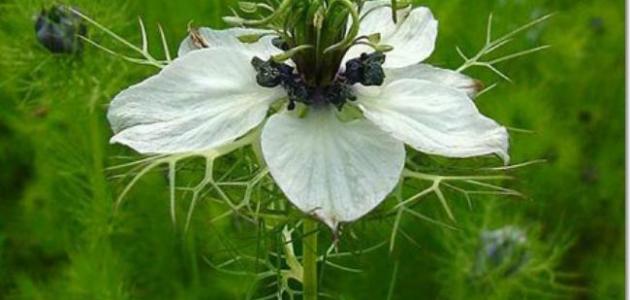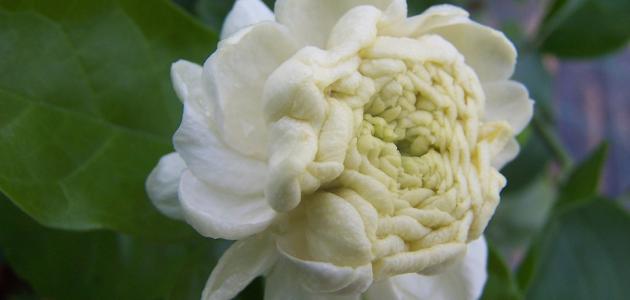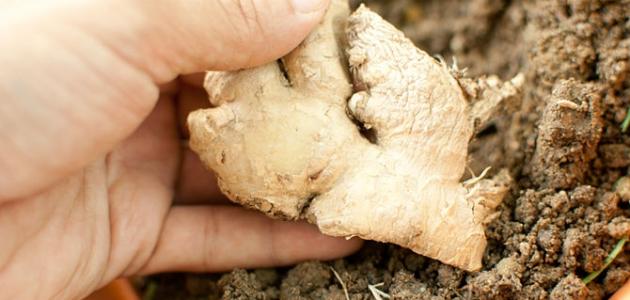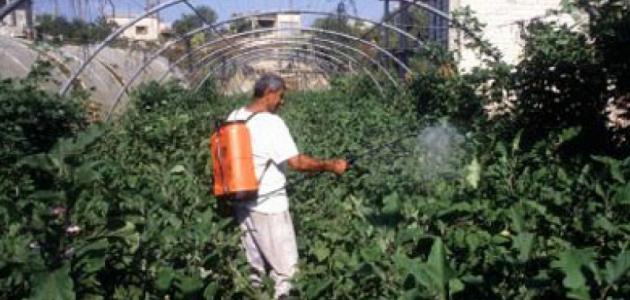home farming
Home cultivation is one of the practices that accrue to the individual with many benefits. Where caring for plants and interacting with them leads to an improvement in mood and health of the mind, and working in the home garden is a practice of moderate-intensity exercise; It burns more calories than walking, and this in turn leads to the control and prevention of some diseases. In addition, gardening relieves stress and helps a lot in relieving symptoms of depression and anxiety. Gardening also contributes to developing the habit of eating vegetables and fruits constantly. Especially in children.
It is also worth noting that the best types of vegetables and fruits are those that are grown in the home garden; This is to ensure its quality and that it is free from pesticides, and the possibility of using organic fertilizers instead of chemical fertilizers, which helps to produce healthy crops of reliable origin. Cultivation in the home garden has principles that must be taken into account for the success of the cultivation process and obtaining a good crop. Such as: choosing the appropriate timing for planting, so that the weather is not too cold and the frost kills the seedlings while they are young, but rather the weather must be warm enough for the seeds to germinate, and therefore the spring season is suitable for planting, and the seedlings can also be prepared and planted in pots inside the house before the advent of the planting season in the outside; In order to save time and money.
Growing vegetables in the home garden
Preparing the garden for planting
In the beginning, the species that a person wants to grow must be determined according to a number of important criteria. Here are some of these criteria:
Read also:Soil components- The species to be cultivated must be suitable for the agricultural season and season of the year. Be it winter or summer season.
- You must choose varieties that can be harvested and benefit from their production at different times; This is so that there is a harvest throughout the summer season, rather than harvesting the fruits at the same time.
- Consideration must be taken of the suitability of the crops for the climate of the region and the quality of the soil.
It is worth noting that it is necessary to conduct a study of the land to be cultivated and to make sure that it is level, with good soil and free of rocks that may hinder the cultivation process, and the land must also be characterized by good water drainage, and that it is well exposed to sunlight most of the time.
Prepare seedlings and seeds for planting
After determining the area to which the cultivation conditions apply, the seedlings or seeds to be planted are prepared, and it is preferable to plant vegetables in rows, taking into account leaving sufficient spaces between the seedlings, as this helps in their good growth, and helps in movement and movement in what they build easily and comfortably during the irrigation process When removing weeds that grow around them, and when harvesting.
Prepare the equipment needed for farming
After preparing the area to be planted in and determining the types of vegetables and herbs to be grown, whether from seeds or seedlings, it is now the turn to prepare the tools and machines that will be used in the cultivation process, and if the area prepared for cultivation is small, simple agricultural tools are sufficient. The area is large, so it is necessary to use the tractor for plowing and turning the soil, and then preparing natural fertilizers that nourish the plants well. The soil surface must be protected from winds and heavy rains when planting plants for the first time, by placing a light layer of mulch; It is dirt mixed with straw, in addition to the need to protect plants from pests by purchasing materials that combat these pests.
Read also:How to take care of natural rosesPlanting planning
When growing plants, good planning is required to obtain successful crops without resorting to the use of pesticides. Where some simple plans and natural methods can be used to combat diseases and epidemics that may affect crops, and this leads to the production of a good crop, and here are some examples of these methods:
- Planting a type of plant that has a strong smell near another type that has a weak smell, with the aim of repelling some types of insects that may attack crops. Such as planting onions near carrots to protect them from the carrot fly, and planting basil alongside tomatoes to protect them from the white fly.
- Sulphites can be added to legumes to keep aphids away.
- Bright roses can be planted alongside plants to attract beneficial insects and bees, who in turn pollinate the plants, which increases production. Among the types of flowers and herbs useful for plants are sunflower, coriander, and lavender.
Soil preparation for cultivation
Some steps must be taken before planting plants, and the following is an explanation of these steps:
- Clean the ground well of dirt, gravel, roots of old plants and weeds, and rocks that hinder the growth of roots must be removed.
- Breaking up the soil with a plow or shovel, or by making a fire.
- Do a soil test to measure its acidity and find out what nutrients and organic matter it contains.
- Fertilize the soil to increase its fertility and compensate for any deficiency in nutrients and organic matter.
- Make holes 30 cm deep, or as needed by the plant.
- Put a little compost in each hole, then drop the seeds or seedlings gently into the hole and then cover them with dirt, and a layer of mulch to protect them if necessary.
Planting fruit trees in the home garden
Here are some things to consider before starting to plant fruit trees in the garden:
Read also:How to plant roses- That the climate of the region is suitable for the type of fruit to be grown; Some trees live in areas with cold winters, such as apple trees, pears, cherries, and peaches, while citrus trees need a warm winter, such as orange and lemon trees.
- Apple trees, pears, peaches, and cherries are planted in the spring; Where the rainfall decreases and the weather becomes less severe.
- Olive trees, avocados and citrus fruits are planted in the fall, while no trees are planted in the summer when the weather is hot.
- The soil must be good and impermeable to water, but if the soil is sandy and does not retain water, then clay soil is placed on its surface.
cultivation method
The following steps are followed in the cultivation of fruit trees:
- Make a hole one meter wide and half a meter deep.
- Mix the organic fertilizer with phosphorus and put it in the hole.
- Carefully remove the tree from the pot so as not to cut its roots, and keep the roots moist during planting.
- Drop the tree in the hole and backfill it with dirt.
- Water the tree with water immediately after planting, and keep it constantly moist.
Planting care
After planting trees and plants, it is necessary to take constant care of them and irrigate them at the appropriate times, and the following are the steps to take care of them:
- Maintaining the irrigation of trees every week or ten days as needed, and you may need more times if the weather is hot, and it is preferable that the irrigation process be done slowly; Because rapid watering leads to root decay, soil erosion, and encourages fungal activity.
- Supporting the trees by supporting the tree on a support and tying a wide tape around it from the middle, especially in areas exposed to winds and storms, and checking this tape constantly so that it does not put pressure on the tree during its growth, and removing it after the tree has strengthened a little so that the tree can rely on itself and become stronger, and pruning it in pruning season.
Rooftop farming
Cultivation on the roofs of houses is a good option in crowded areas and homes that do not have a patio or garden, as the roof of the house can be used for this healthy practice, provided that the roof can bear the weights of containers filled with soil through consulting an engineer, knowing that most buildings can bear the weights of Containers because they are light in weight, and many types of plants that do not need great depths and that tolerate sunlight can be grown; Where surfaces are exposed to the sun more than the surface of the earth, and examples of this are peppers, okra and basil, and the cultivation of root vegetables should be avoided.

